That night, it was almost a full moon (two nights off), and I managed this photo of the moon rising through the thin clouds.
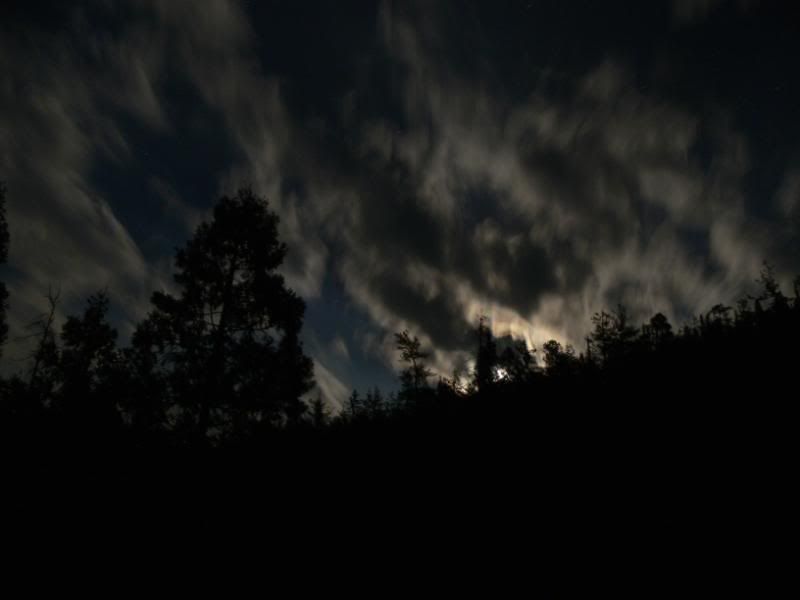
The morning after camping captures my senses: the sweet cold air, the rising sun pressing its warmth through the long shadows, the river and birds babbling, the blue sky above and a long way to go before it turns black.
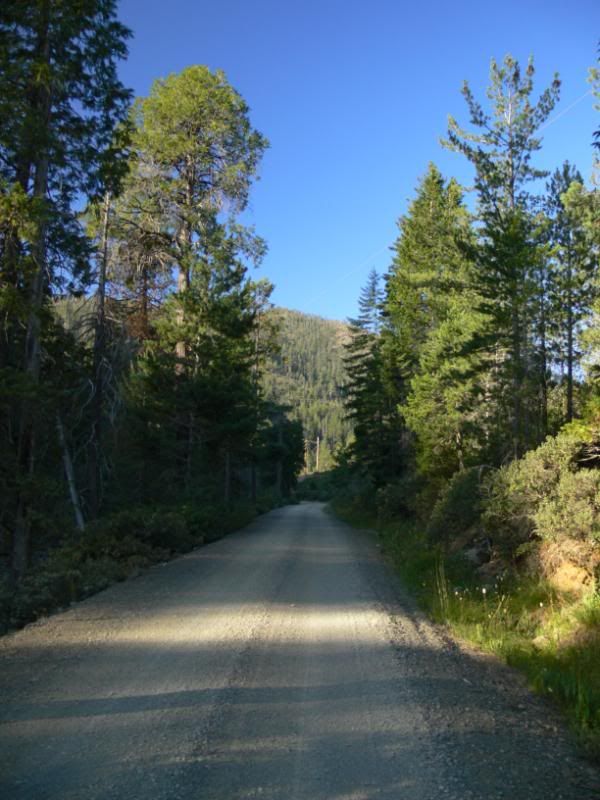
Epilobium rigidum. Probably the very plant whose seed I grew.
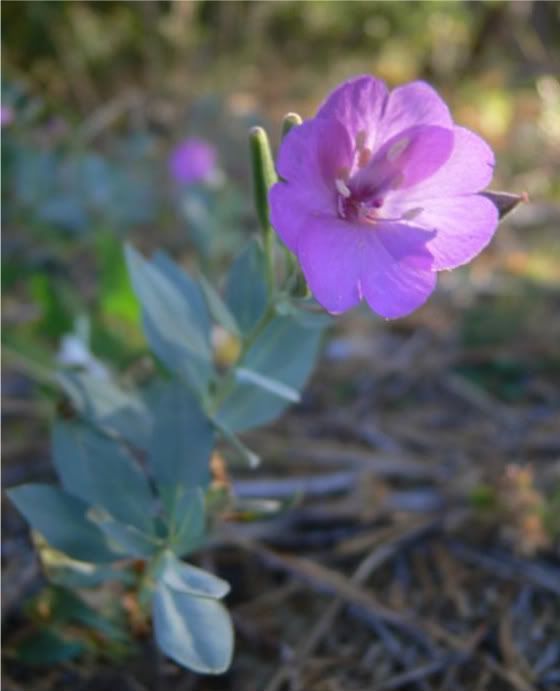
This Lilium bolanderi is blooming size at a staggering height of 8in. Its flowers must be about an inch and a half across and would be bright red, fading to orange, spotted with black and green. We never see their flowers because we're never around in July.
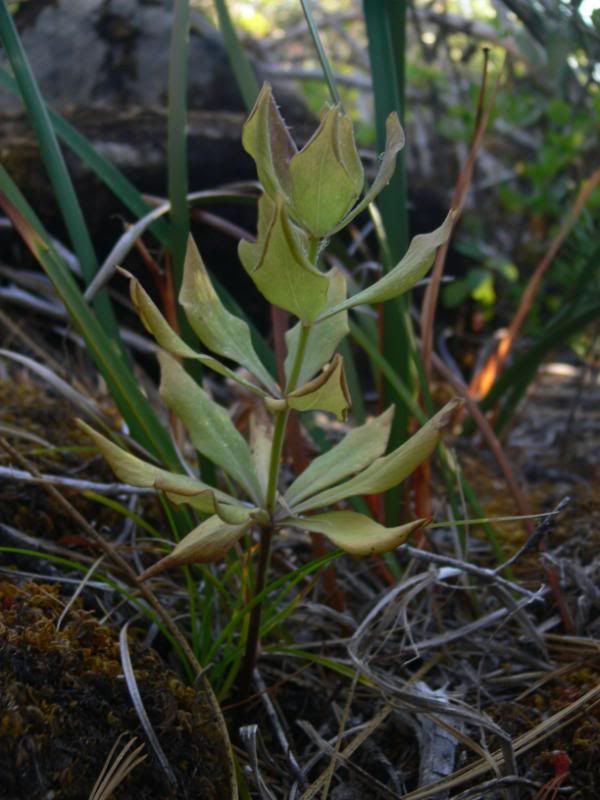
Another thing we never ever see is Calochortus howellii, because it also blooms in July. However, given some unknown set of circumstances, we found about a dozen this year in bloom in late August. Each was growing in the drier ground about 5 ft away from a bog. Sweet! This plant is endemic to Oregon, and in fact a circle with about 20 mile diameter would encompass every plant in the wild. It is Federally Threatened.
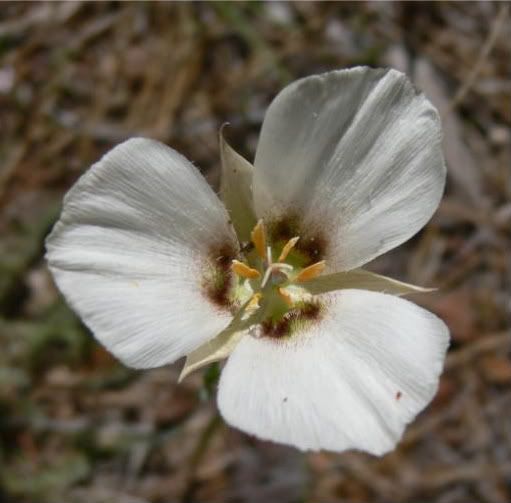
It has pink anthers at first.
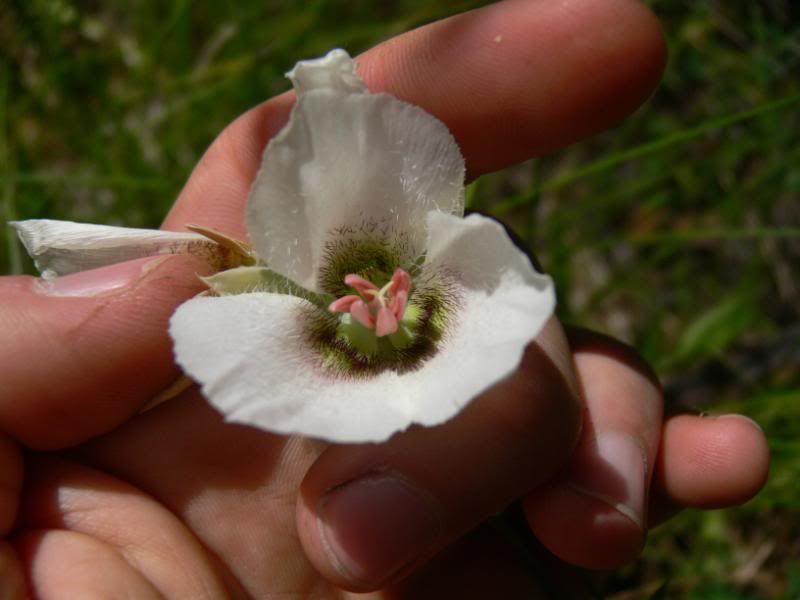
It's about 12in tall. The plant growing on the ground with the fuzzy ferny leaves is Horkelia sericata. Just FYI. You never know what they'll ask on Jeopardy.
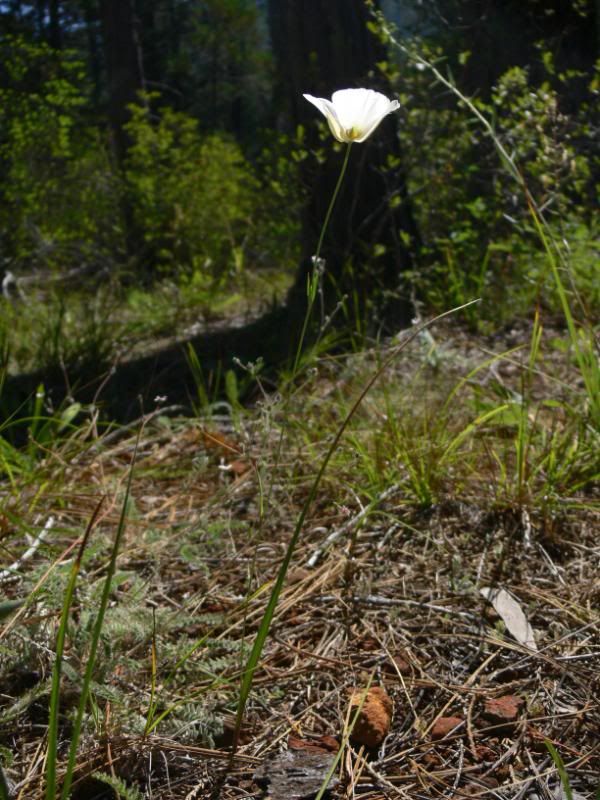
A seedpod is about the size of a marble.
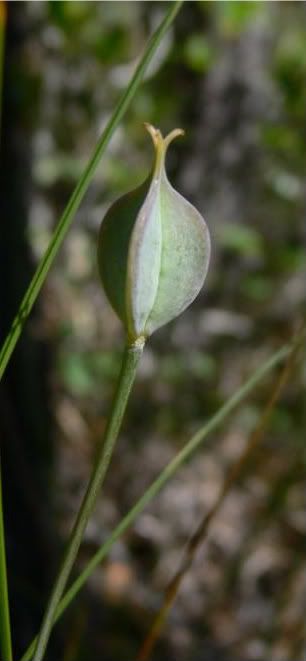
Requisite bog photos. The Darlingtonia looked particularly nice this year: tall, regal and not besmirched by summer.
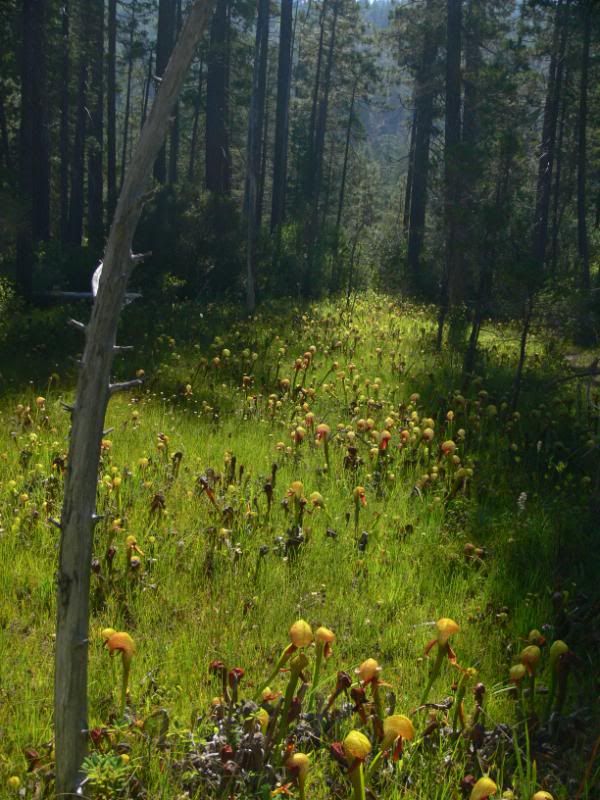
Different bog.
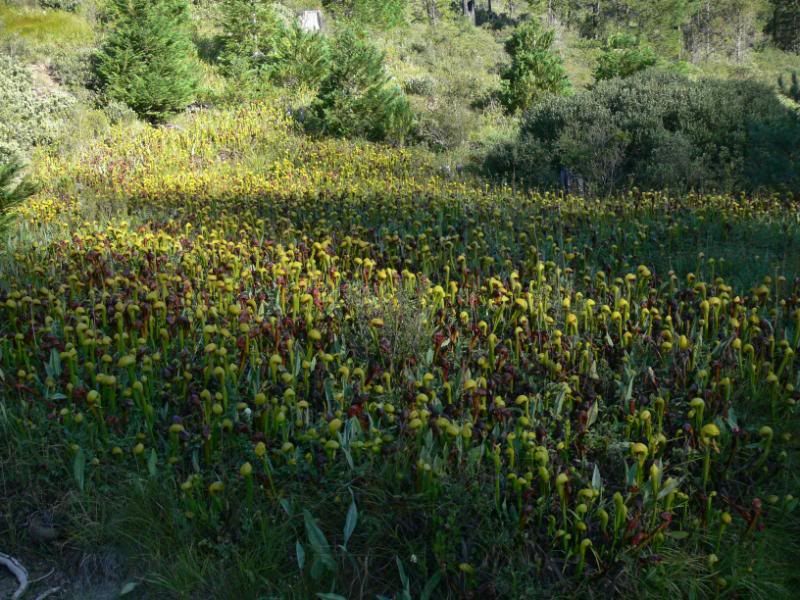
A rare serpentine bog resident, Gentiana setigera, bloomed as if it was spring. I never can get seeds of this thing since it blooms so late!
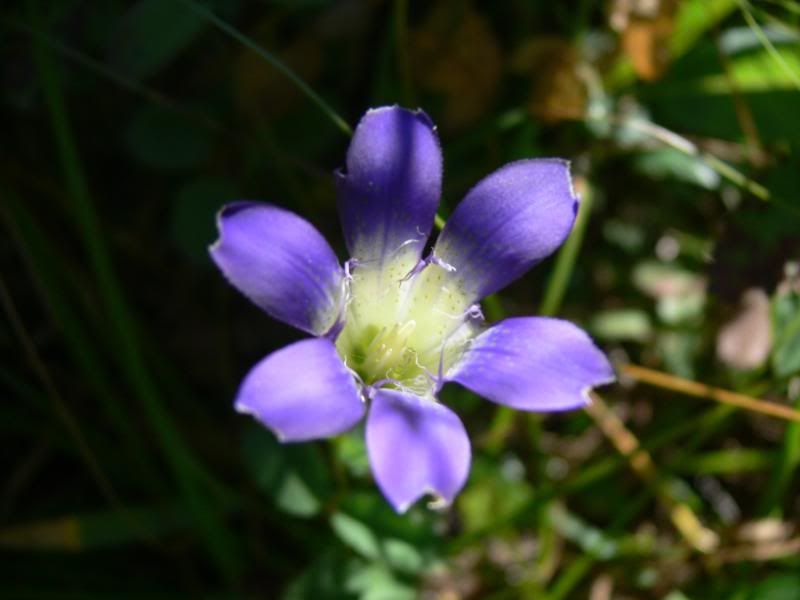
This plant is a SW OR, NW CA endemic.
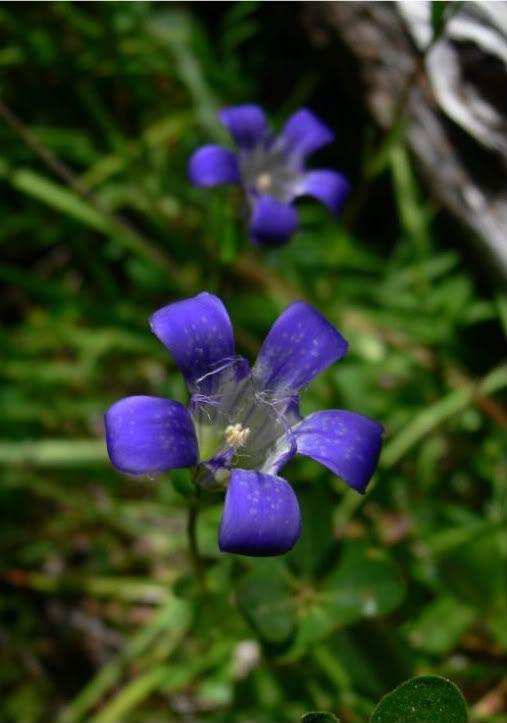
I thought that this Antennaria suffrutescens looked particularly interesting.
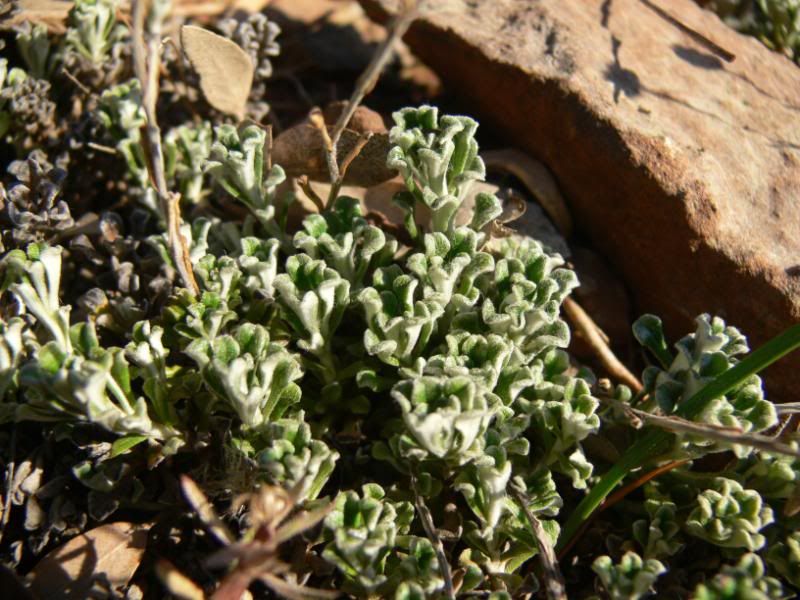
These Triantha occidentalis ssp occidentalis grow in the drainage ditches for the road, and the bogs themselves, of course.
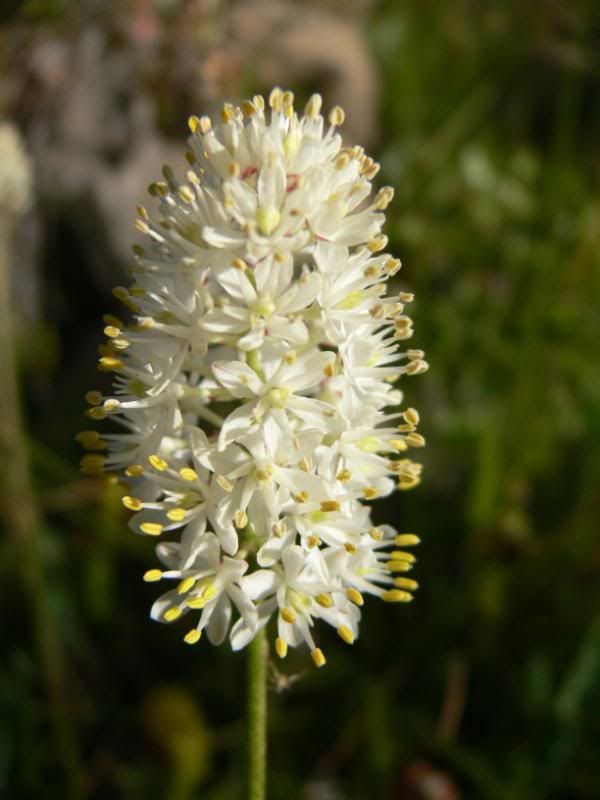
Here's another one with two blooms: one just opening and one with seed pods forming.
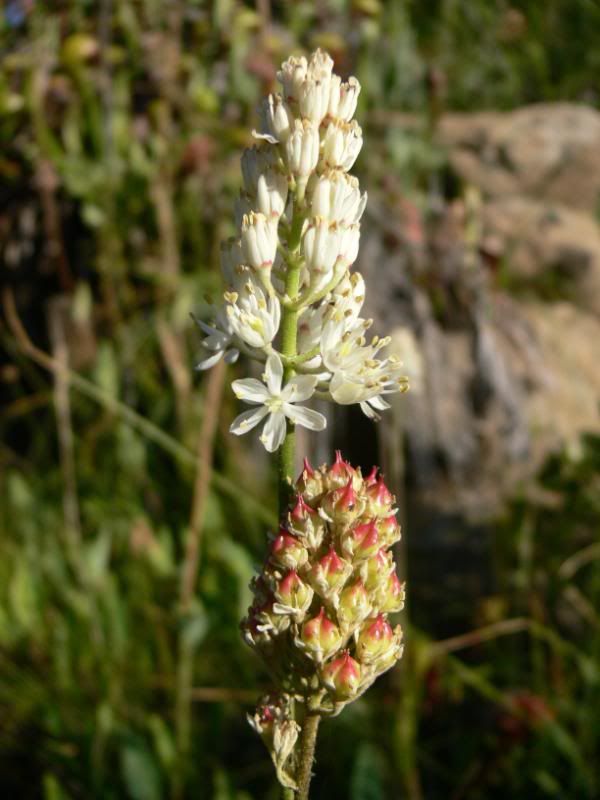
We didn't take too many photos since we were too busy gathering seeds. I'll just have to wait 9 months for more pictures...

No comments:
Post a Comment